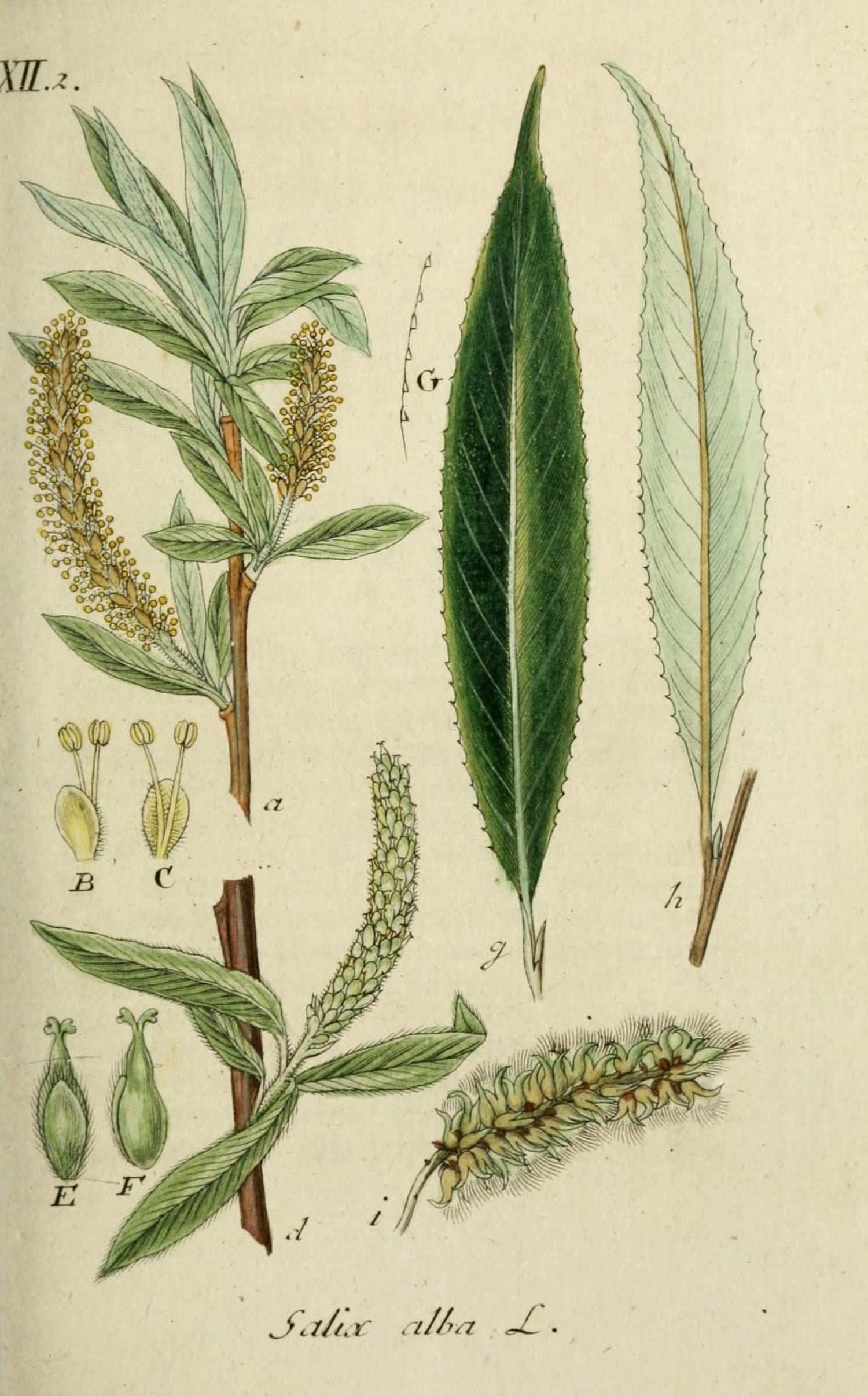
Woodsy, mildly bitter, and subtly sweet, White Willow bark adds depth to teas, folk blends, and healing rites with its quiet riverbank energy.

Woodsy, mildly bitter, and subtly sweet, White Willow bark adds depth to teas, folk blends, and healing rites with its quiet riverbank energy.

White Willow | Salix alba
🌱 Overview:
Slender curls of pale bark, white willow carries a subtle woodsy scent and a clean, slightly bitter taste, like a quiet stream lined with whispering trees.
🍽 Uses:
Traditionally steeped into herbal teas or used in folk preparations. White willow bark is cherished more for its historical and symbolic value than culinary use.
✨ Lore & Myth:
Called “nature’s aspirin,” white willow was once chewed or brewed to ease aches. In folklore, it’s tied to healing, mourning, and feminine strength, with branches woven into cradles and charms.
🌍 Origin & Sourcing:
Sustainably harvested from young white willow branches and gently dried to preserve their pale hue and ancient character.
🧭 Notes:
Woodsy, mildly bitter, and faintly sweet, evoking the scent of riverbanks, damp earth, and early spring winds.
